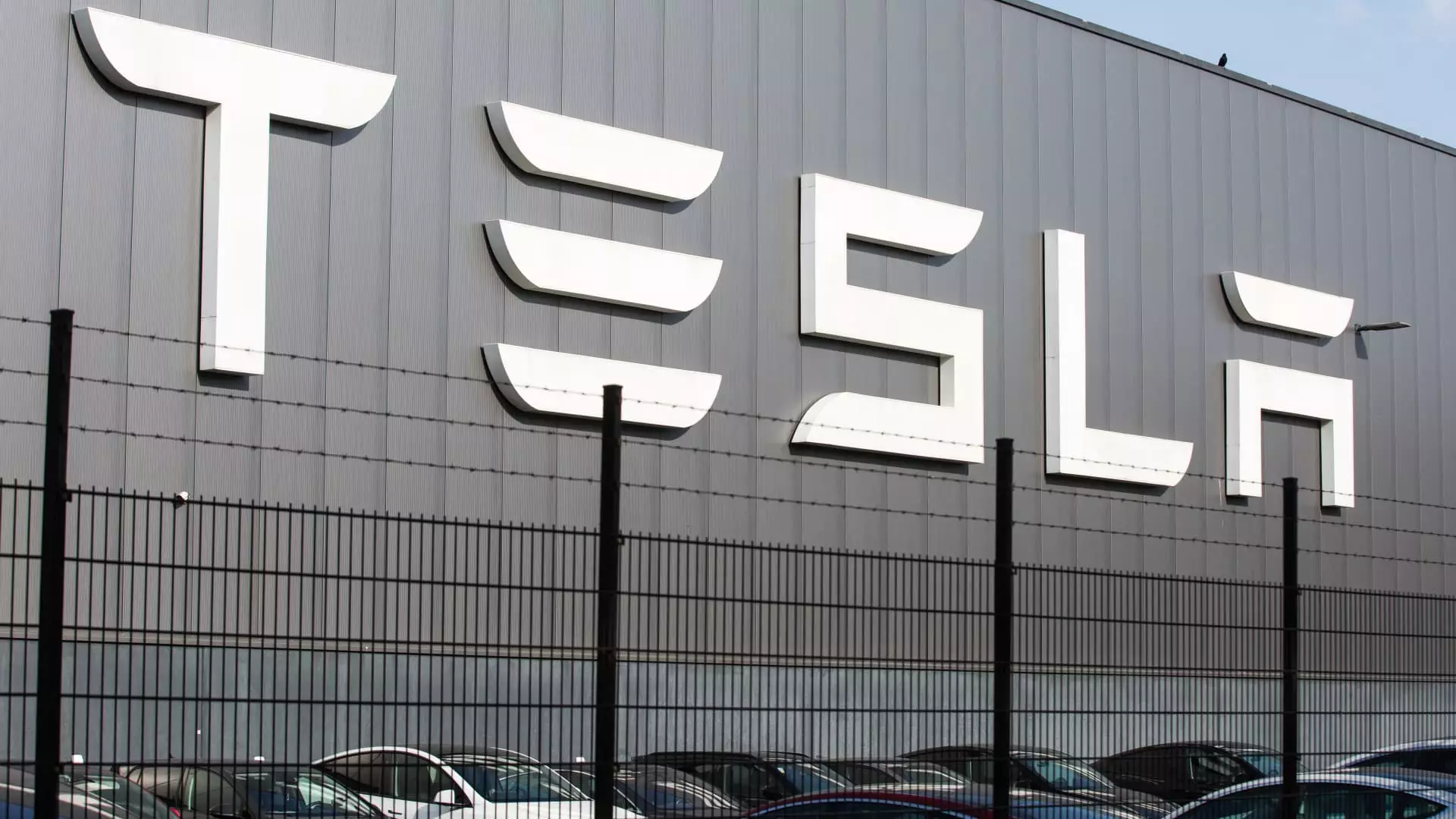Tesla CEO Elon Musk proudly announced a so-called milestone: the company’s first driverless delivery of a Model Y from its Austin Gigafactory to a nearby apartment complex. The video released shows the EV navigating highways and surface streets with no humans visible in the front seats. At face value, this sounds like a major leap toward the futuristic vision Musk has long promised. However, skepticism is warranted — and not just because history demands it.
Tesla’s Full Self-Driving (FSD) system, despite its name, remains an advanced driver-assistance technology rather than a true autonomous driving solution. The system legally requires human drivers to remain alert with hands on the wheel and feet ready to intervene. Musk’s spectacle, by contrast, depicts a reportedly “fully autonomous” vehicle operating without any human oversight on public roads—something Tesla itself has yet to make commercially available or officially certify. This sensational video could easily mislead consumers into overestimating the capabilities of Tesla’s current fleet.
Historical Hype: A Pattern of Overpromises
This isn’t the first time Tesla has pushed the narrative of their cars as fully self-driving when that isn’t true. Back in 2016, Tesla rolled out the “Paint It Black” Autopilot video, later revealed through legal depositions to have been staged and to exaggerate the technology’s abilities. Musk’s proclamations of imminent robotaxi fleets and universal autonomous capabilities have repeatedly failed to materialize on the timelines he promised. The repeated overhype raises questions about whether Tesla’s marketing is deliberately misleading or simply over-optimistic.
Given Tesla’s well-documented pattern, the recent announcement smacks more of PR theatre than an actual transformative breakthrough. This doesn’t diminish Tesla’s engineering prowess entirely, but it does emphasize the need for measured evaluation of Musk’s statements rather than uncritical enthusiasm.
A Dangerous Gray Area in Regulation and Safety
Tesla’s aggressive move into driverless tech also unfolds against a backdrop of serious regulatory scrutiny. The National Highway Traffic Safety Administration (NHTSA) is actively investigating potential safety defects in Tesla’s FSD systems. This comes after reports of Tesla vehicles cutting corners on traffic rules and creating risks on public roads.
The legal and ethical quandaries presented by a driverless vehicle navigating public highways without a human onboard are profound. By releasing the video, Tesla seems to be pushing the envelope—not necessarily in a responsible way. Other companies like Waymo, which have been offering fully autonomous rides with no human intervention since 2024, do so under strict regulatory oversight and in limited, controlled environments. Tesla’s approach feels more cavalier, ignoring established norms of transparency and patient validation.
The Competitive Landscape Undermining Tesla’s Dominance
Tesla’s stunt comes at a challenging time for the company. Its market position is eroding as competition intensifies, especially from Chinese electric vehicle manufacturers such as BYD, Nio, and Xiaomi. These competitors are launching more affordable, newer models that appeal to a wider demographic.
Sales declines, especially in Europe, further reinforce the urgency for Tesla to maintain a technological edge. Yet focusing energy on theatrics rather than solidifying a safe, reliable autonomous driving platform may backfire. Unlike Musk’s Tesla-branded influencers and fans who eagerly share in his vision, the broader public and investors require tangible, well-grounded progress—not premature hype.
Ethical and Brand Risks from Musk’s Political Controversies
Another dimension complicating Tesla’s future is Elon Musk’s increasingly polarized political stance. His endorsements of far-right groups, support for controversial policies, and blunt political rhetoric have alienated segments of Tesla’s customer base and investors alike. The blowback is not trivial: brand damage has contributed to declining sales and steady erosion of loyal customers.
In a center-right liberal worldview, corporate leaders must balance bold innovation with prudent stewardship and respect for societal norms. Musk’s apparent willingness to gamble Tesla’s reputation as a platform for his political provocations undermines that balance. This recklessness risks turning Tesla’s technical promises into empty distractions overshadowed by controversy.
Promises Deferred: The Robotaxi Dream on Shaky Ground
Musk’s boldest pledge was that every Tesla EV on the road would soon be capable of converting into an autonomous robotaxi with a simple software update. He envisioned owners passively earning income while their cars serviced ride-hailing demands. That vision raised billions in investment capital but has yet to come close to fruition.
The driverless delivery event does little to validate those ambitions. The robotaxi pilot launched in Austin remains exclusive, invite-only, and heavily supervised with human backup drivers—far from the seamless, scalable platform once touted. This caution suggests Tesla still faces significant technical and regulatory hurdles before mass deployment becomes feasible.
Technology Ambition vs. Practical Implementation
Tesla’s AI team emphasized that the Model Y used for the delivery was standard, without special hardware. This fact speaks volumes both positively and negatively. On one hand, it shows existing vehicles may someday support true autonomy via software alone—a remarkable prospect. On the other, the lack of transparency about the software version and testing regime casts doubt on whether Tesla fully controls or understands the system’s safety envelope.
With a top speed slightly above the Texas highway limit during the autonomous trip, Tesla claims regulatory conformity in speed management. Yet operational safety depends on more than just obeying speed limits. Precisely how well the system handles complex traffic scenarios, emergency maneuvers, or unpredictable incidents remains unknown.
In sum, Tesla’s “fully autonomous” delivery demonstration feels less like a triumph of innovation and more like a carefully choreographed marketing gambit. Until the company earns regulatory trust, proves verifiable safety, and delivers on promises with clear timelines, skepticism remains the rational stance. Tesla’s leadership would be wise to temper grand claims in favor of responsible progress, lest the hype eclipse the hard realities of autonomy’s challenges.

